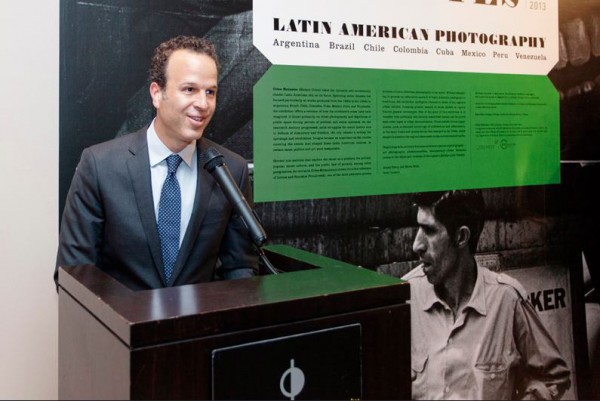Art World
International Center of Photography Will Move to the Bowery


Rozalia Jovanovic

The International Center of Photography is moving to the Bowery. On Tuesday, according to the New York Times, the ICP’s board approved a plan to purchase a building on the Bowery near the New Museum and to be exhibition-ready by mid-2015.
In March, artnet News reported that upon the expiration of its lease in January 2015, in a building where it had been operating virtually rent-free since the 1980s, it would be moving from its midtown location. At that time, it did not have a new space lined up. Executive director Mark Lubell would not say how much the new building would cost or give the address, due to the sensitivity of ongoing negotiations, but did say that the ICP chose the Bowery over other areas they looked at including Chelsea and neighborhoods in Brooklyn.
“There’s openness to experimentation and ideas in that part of town,” Lubell told the Times. “Chelsea is a wonderful place, but it’s already done and established. We’d be following, and I don’t want to follow.”
The ICP’s collection of over 100,000 images, including major holdings of the work of Henri Cartier-Bresson, Robert Frank, Lisette Model, and Garry Winogrand, among others, will be moving from the Midtown building to Mana Contemporary, a fine art storage and exhibition space in Jersey City, where the ICP will open a media lab where it will provide wide access to images.
Founded by Cornell Capa (photographer Robert’s brother) in 1974 with the intention of preserving the legacy of photographers Robert Capa and his colleagues—work that the founders dubbed “concerned photography”—the ICP has been doing, well, what it has always set out to do. Recently, as digital cameras and social media have revolutionized the field of photography, the ICP has been branching out into more adventurous terrain such as it did with the exhibition earlier this year “What is a Photograph,” which showed the work of contemporary artists like Jon Rafman, Mariah Robertson, and Artie Vierkant, who are challenging the definition of the medium.